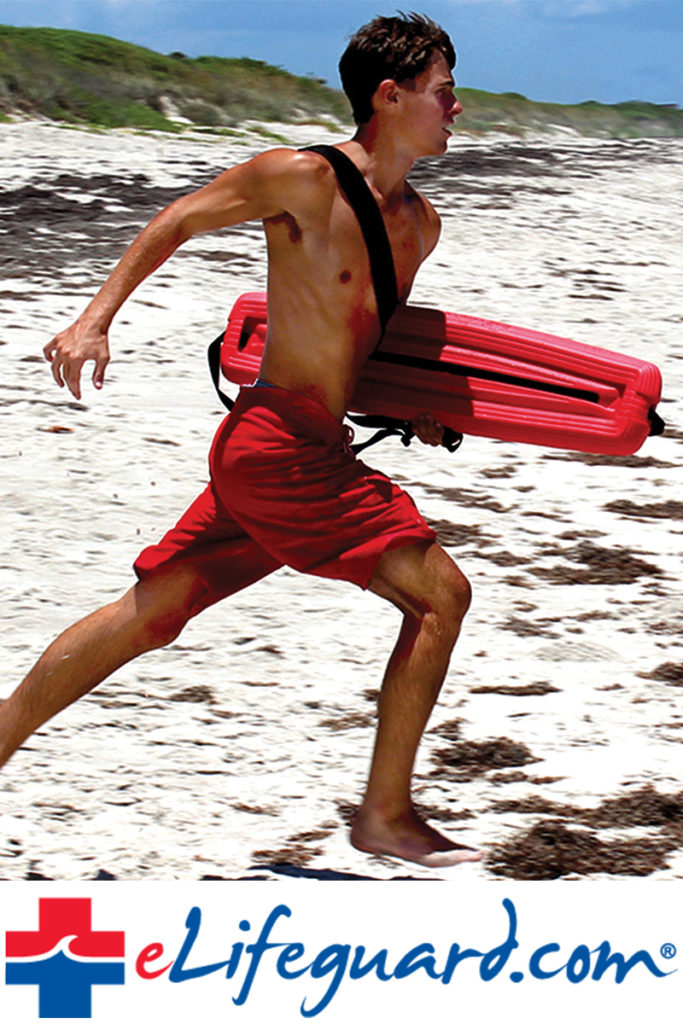Safety Tips Around Rip Currents
Summer means swimming season, which means the good, the bad, and the ugly. The ocean can be unpredictable, but your safety is totally predictable — as long as you follow precautions and educate yourself on how to stay safe in and around the water. Let’s start with rip currents. Scroll on for safety tips when you’re swimming around rip currents.
First, what is a rip current?
 According to the National Oceanic and Atmospheric Administration, rip currents are powerful, narrow channels of fast-moving water that are prevalent along the East, Gulf, and West coasts of the U.S., as well as along the shores of the Great Lakes. This type of current moves away from the shore, almost like a river that flows back out to sea. Eventually this narrow channel expands back out into the ocean, but it varies how far out the channel goes.
According to the National Oceanic and Atmospheric Administration, rip currents are powerful, narrow channels of fast-moving water that are prevalent along the East, Gulf, and West coasts of the U.S., as well as along the shores of the Great Lakes. This type of current moves away from the shore, almost like a river that flows back out to sea. Eventually this narrow channel expands back out into the ocean, but it varies how far out the channel goes.
Are rip currents really that dangerous?
Rip currents are dangerous for a myriad of reasons. First, they’re invisible. You’re swimming and all of a sudden you feel a forceful pull, tugging you away from the shore. That’s a rip current. Because you can’t see them coming on, they’re sneakily dangerous.
Another reason rip currents are dangerous? They’re powerful. And they’re pulling you away from the shore and out into the ocean. If you don’t know how to deal with rip currents, you could end up in a dire situation.
Rip current safety measures
The number 1 rule with rip currents: Don’t swim against the current. It’s a natural reaction to try to fight the current, but that makes it worse. Instead, let the rip current take you. It’ll eventually weaken.  When you sense that it has weakened substantially, you can swim out of the current (horizontally), and then swim back to the shore.
When you sense that it has weakened substantially, you can swim out of the current (horizontally), and then swim back to the shore.
Because rip currents are so unpredictable and common, it’s important you always have a swimming buddy and attend beaches that are monitored by lifeguards who can spot your struggle and come to the rescue, if needed.
As scary as rip currents sound, you can stay safe from these forces by knowing what they are and how they work — and then taking the right safety measures to protect yourself when you’re swimming in the ocean.
To be sure that you are not missing out on any of our lifeguard videos & stories, please subscribe to our newsletter here.
For videos, articles, & events about lifeguarding related industry topics, visit www.lifeguardtv.com





